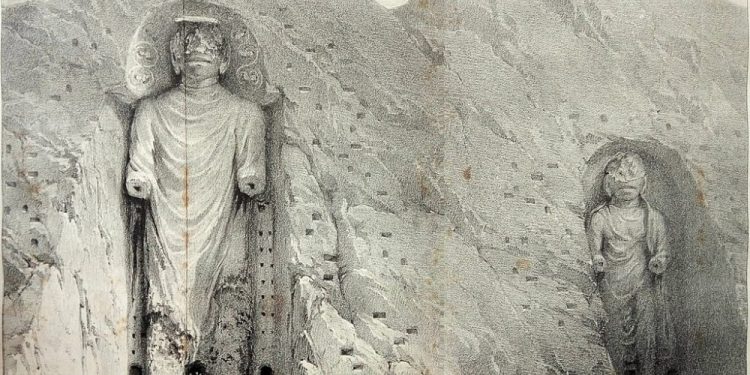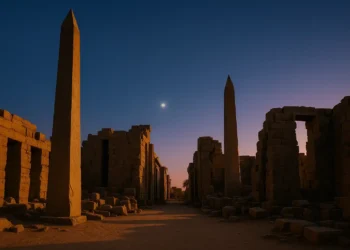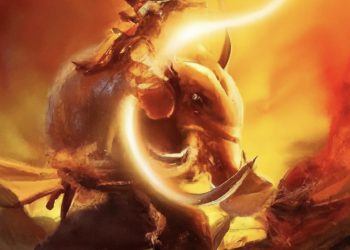For centuries, the majestic Buddhas of Bamiyan stood as silent sentinels in the heart of Afghanistan, watching over the Bamiyan Valley. These colossal twin statues, known as the Eastern Buddha and the Western Buddha, were monumental symbols of a bygone era, towering over the landscape along the historic Silk Road—a vital network of trade routes that linked Eurasia from 130 B.C. to A.D. 1453. The Buddhas were awe-inspiring in their scale, with the Eastern Buddha reaching a height of 125 feet (38 meters) and the Western Buddha towering at 180 feet (55 meters). These figures, carved directly into the cliff face, were more than mere statues; they were integral to a sprawling complex of Buddhist monasteries, chapels, and sanctuaries.
These structures, intricately nestled within caves, were adorned with detailed paintings and artwork depicting various images of the Buddha. Even after the statues’ destruction, additional caves with similarly elaborate decorations continued to be discovered, hinting at the site’s historical richness and spiritual significance. Tragically, in 2001, after standing for over 1,500 years, the Buddhas of Bamiyan were destroyed by the Taliban, who deemed them un-Islamic. Their loss was a devastating blow not only to Afghanistan’s cultural heritage but also to the global community, as these statues were once a beacon for Buddhist pilgrims from around the world. Today, more than two decades after their destruction, the site of the Buddhas of Bamiyan is marked only by the empty niches where the statues once stood. These hollowed cavities in the rock wall serve as a poignant reminder of the cultural treasures that were lost, symbolizing a heritage that has been erased but not forgotten.











